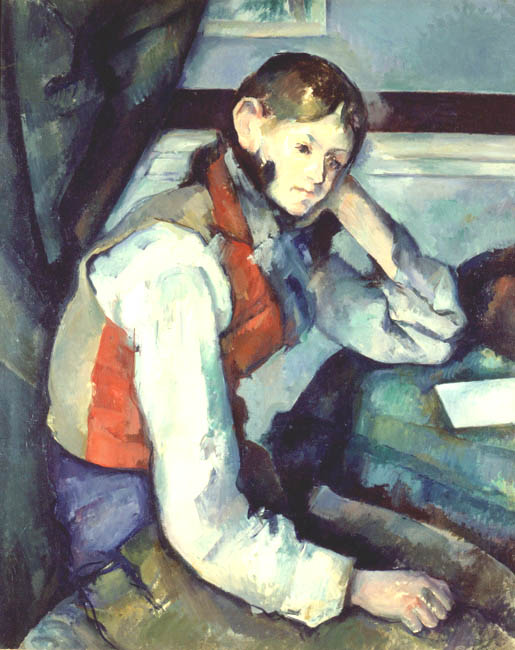Impressionism started in 1860s in Europe. The impressionist artists began to paint the world around them instead of the stories that the realist and romantic artists imagined. Many impressionists painted outdoors to capture ever-changing qualities of nature. Impressionists also painted society, especially the middle-class, in everyday activities. Some qualities that be became much more popular during this time are quick brush strokes and the cropped edges that cut off parts of the subject, also known as free form. Below you can see Bridge over a Pond of Water Lilies by Claude Monet which employed the use of quick, short brush strokes.
Post-Impressionism began in the late 1800s and had a similar style to Impressionism but the emotion behind the art was different. Post-Impressionists continued to look at their surroundings but believed that there is a deeper meaning past the objective observations of the Impressionists. Non-western cultures began to have a big impact on Western artists of this time. This can be seen in the artwork of Vincent Van Gogh, Paul Gauguin, and Henri de Toulouse-Lautrec, for example, who all used flat shapes typically seen in Japanese art. The Boy in the Red Vest by Paul Cézanne is an example of post-impressionism and one can see the sorrow behind it and the stylistic lack of depth.
